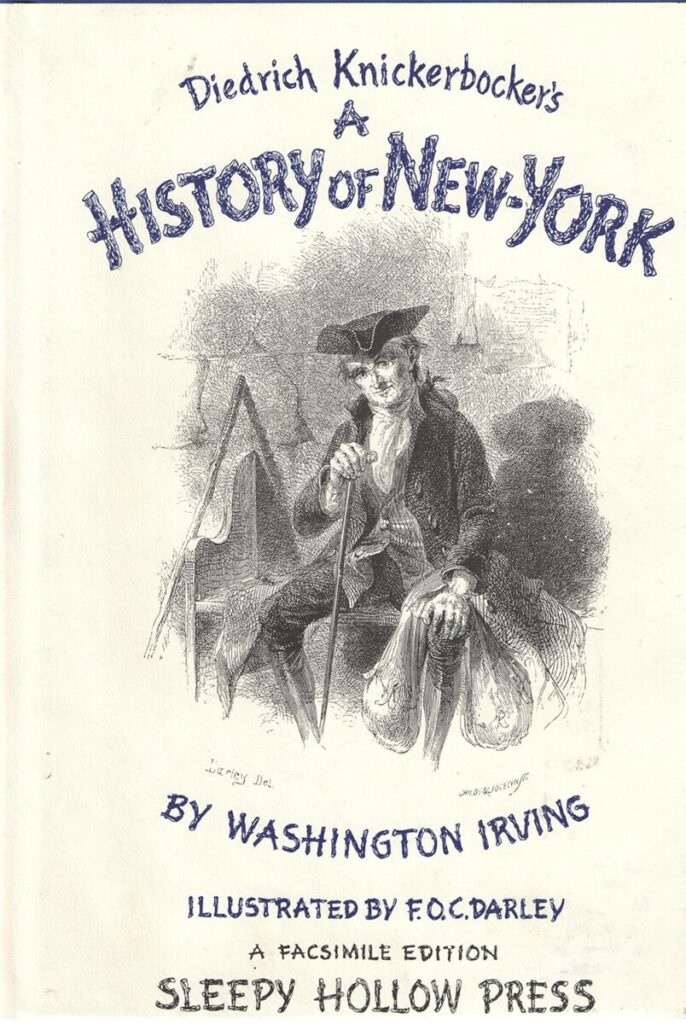
I’m recommending the above event for those interested in important issues relating to Brooklyn and New York.
———————————————————————————————–
Hi Students,
Thank you for your interesting comments on the supernatural works of Edgar Allan Poe and Washington Irving. Last night, I watched the new suspense film A Haunting in Venice, which also had inspiration from Poe (particularly his “Fall of the House of Usher”). It’s a fantastic film which I highly recommend.
We’re heading into the final 6 weeks of the course, so be sure to check your mid-term grades (Pass, Needs Improvement) in this and all your classes.
It’s also a good time to start thinking about your final essay. I ask that you focus on one of the authors we’ve read or will soon be reading (check the weekly schedule). You may draw from responses you post to each week’s reading if you like. Once you know your topic (author and theme), email me at: mnoonan@citytech.cuny.edu
I’m also available during zoom office hours on Tuesday(3-5pm) if you want to brainstorm a topic with me.
The Final Essay is due Wed., Dec. 20.
HERE ARE DIRECTIONS FOR THE ESSAY
(HERE IS A SAMPLE STUDENT ESSAY)
For the final assignment, I want to stress that you stay away from generic Internet sources and the AI tool (ChatGPT). Stay true to the Emersonian dictum to “trust thyself” and your own amazing voices and original analytical skills.
THIS WEEK’S LESSON:
One of the greatest friendships in the history of American Literature is the one between two of our finest authors, Herman Melville and Nathaniel Hawthorne.
Hawthorne was a popular writer of short stories in the 1830s and 1840s but became truly famous with the publication of his novel The Scarlet Letter (in 1850). The novel is set in the time of the Puritans in New England (in the 1600s) and focuses on a young lady named Hester Prynne who has a child (Pearl) out of wedlock. The father is none other than the minister of the highly religious community, Reverend Dimmesdale. Dimmesdale does not confess to his “sin” and leaves Hester to handle the scorn that is thrust upon her by her fellow townspeople.
Watch this film trailer of the book (starring Demi Moore): HERE
Read Chapter Two (“The Marketplace”, pages 54-68) of The Scarlet Letter (1850), in which a pregnant Hester Prynne must step up on a scaffold in the middle of town and face an abusive crowd demanding she confess who the father is.
Hawthorne’s works were very influential to Herman Melville. He too had been a popular writer of sea voyages (he had gone on a two year whale voyage himself). In 1851, inspired by the truth-telling of Hawthorne, he wrote Moby-Dick, or the Whale, a lengthy novel considered to be one of the greatest works in Western literature.
Moby-Dick features a narrator named Ishmael who decides to leave his boring day job in New York City in the 1840s to go on an adventurous whaling voyage. He boards the whaling ship, the Pequod, and quickly befriends a fellow whaleman from the Pacific Islands named Queequeg (adorned with amazing tattoos across his entire body). The co-star of the novel, however, is the mad crazy Captain Ahab who really only wants to chase down a white whale named Moby-Dick who in a previous voyage bit off Ahab’s right leg (he now walks with a peg leg). A symbol of revenge and arbitrary authority, Ahab’s obsessive quest to harpoon Moby-Dick (spoiler alert) causes the Pequod to sink. All but Ishmael survives.
Read the famous opening chapter of Moby-Dick HERE
Watch this biography of Melville that includes a discussion of his friendship with Hawthorne: HERE
Post Assignment (Allow yourself time to watch the recommended film):
By Monday, Nov. 20, watch either the classic film version of Moby-Dick (1956) HERE or an excellent recent film version: HERE . Each version is free. Alternately, watch this fantastic film version of The Scarlet Letter on Netflix : HERE
Choose a scene from one of these films to discuss in connection with a theme/topic you find particularly compelling. Be sure to refer directly to the above mentioned film (s)(not some other source).
Extra credit if you watch both!
Enjoy.





Recent Comments